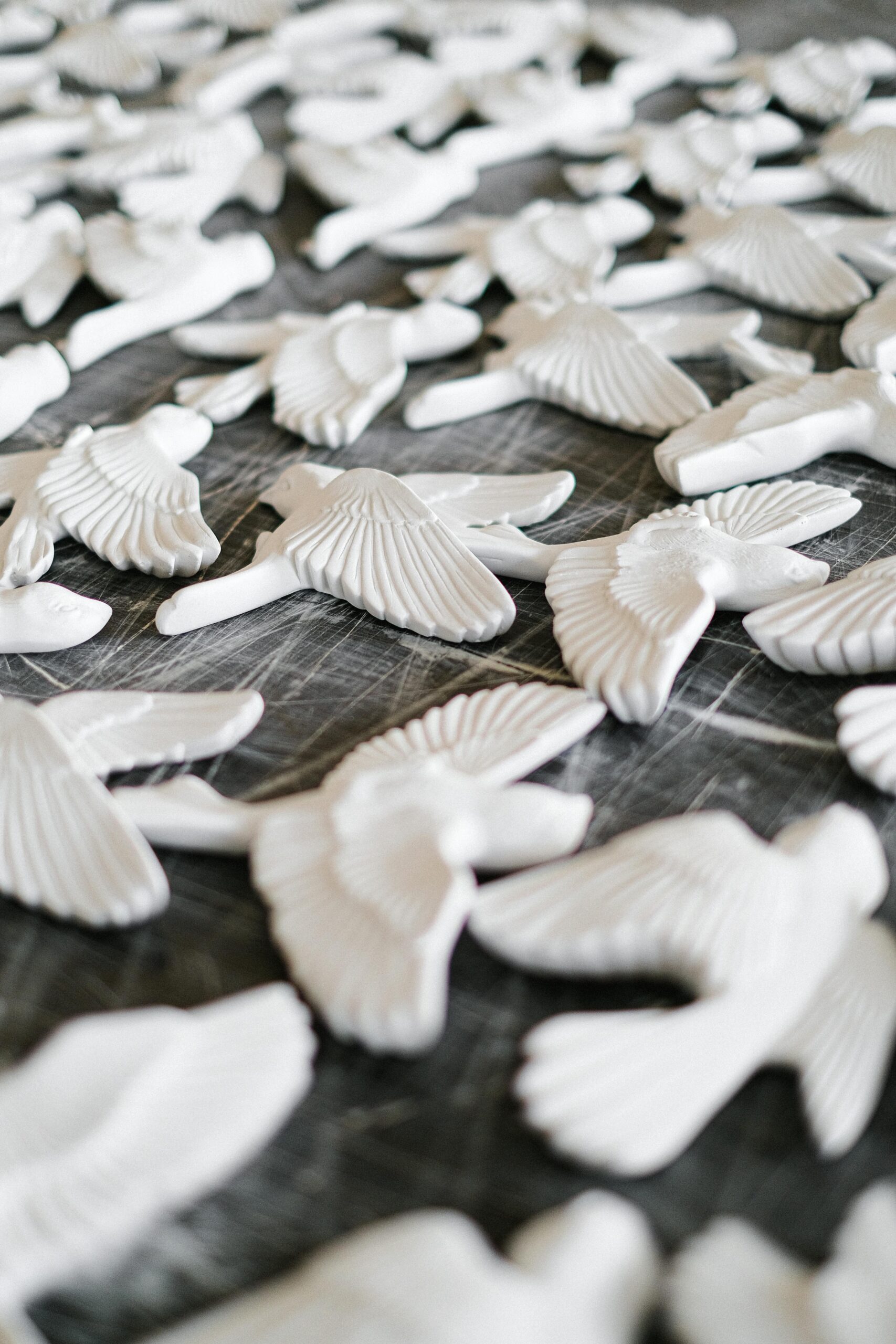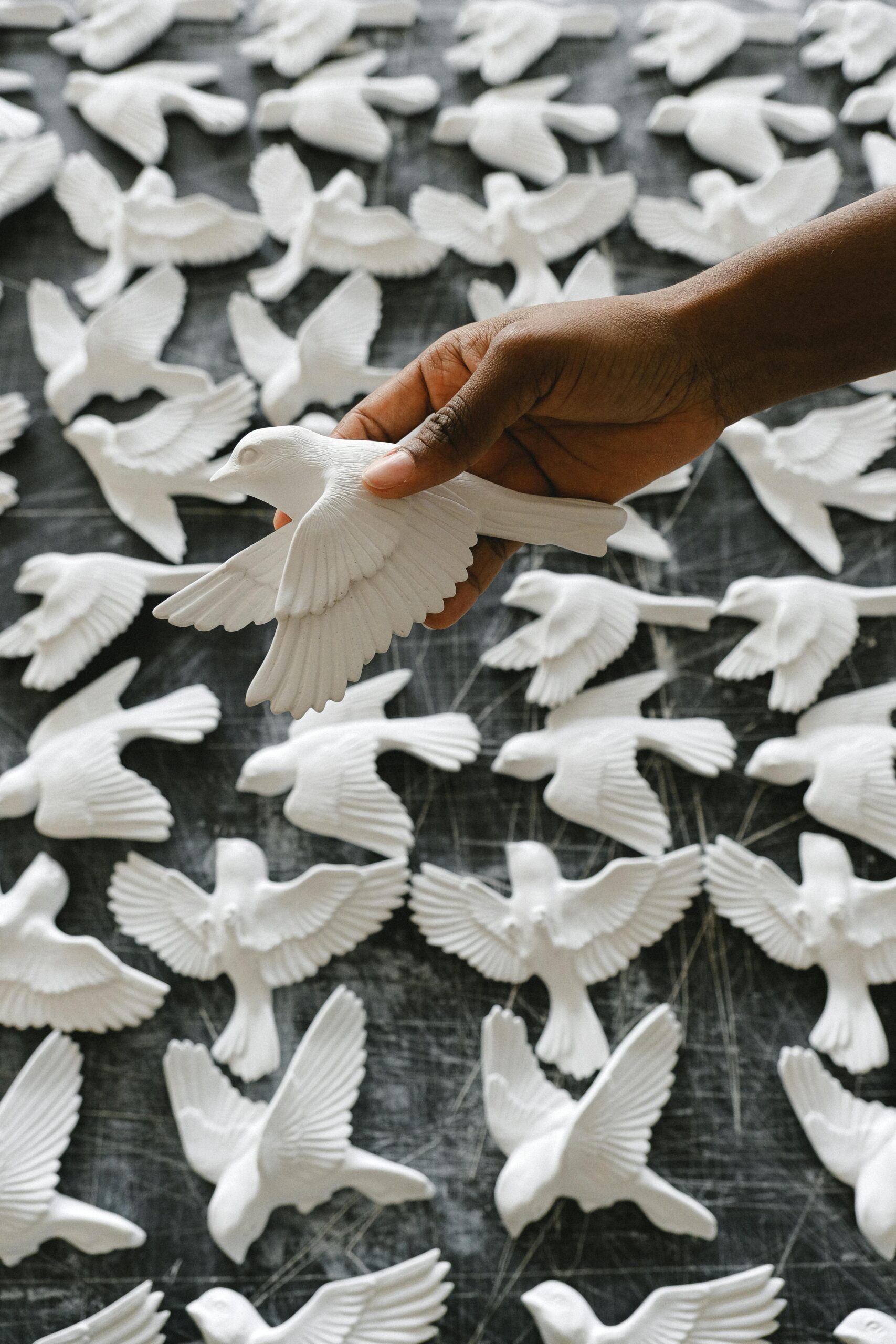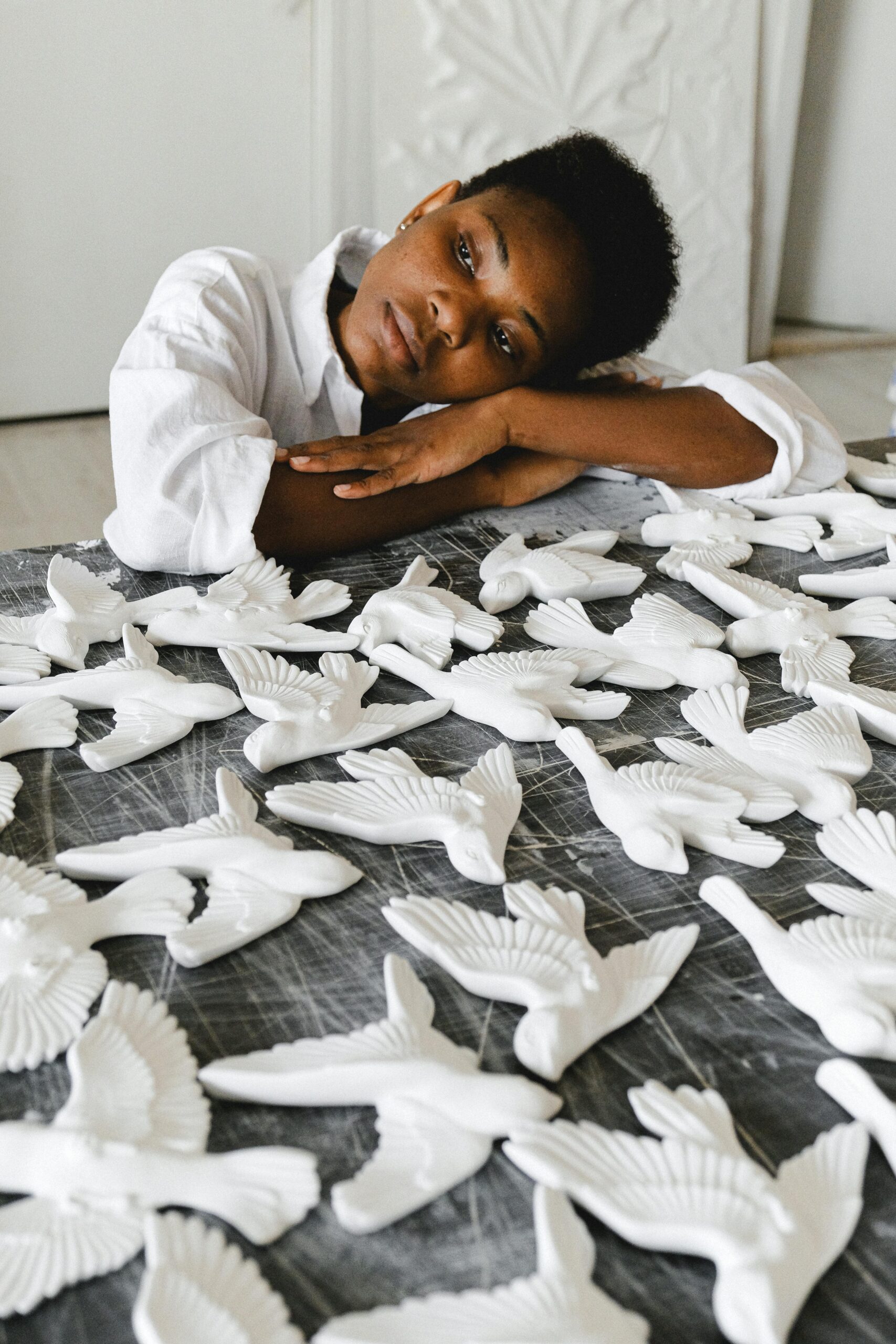Making Sense
Un-learning and Re-learning
Psychologist Jerome Bruner argued that humans enter into meaning by constructing narratives, but meaning does not pre-exist our ability to make sense and we only do so, as Karl Marx once said, under circumstances which we did not choose, but in which we were born. After a linguistically mediated noetic constitution of an environment and a pedagogical intervention to arrive at key noematic experiences, an unlearning must take place to noetically reconstitute the learned noematic experiences from which not just a new narrative, but altogether a new shutai and a new social-historical reality are brought into being.
Becoming shutai means that one becomes a subject of his or her own life by revealing and articulating it as a new phenomenon in stark distinction from what was. We ascribe these changes to the passive experiences of each ‘generation,’ but these changes are an achievement of becoming shutai. I do not deny that there are historical variables that are at work, and in fact shutai refers to different modalities of becoming which oftentimes follow, and deepen with, catastrophes that agitate the ecological horizon.
The following sections outline three modes of becoming shutai based on my historical research from the 1920s to 50s spanning across the Asia-Pacific War; 1960s and 70s when a nationwide movement of student protests took place; and from the 1990s into the 2000s when Japan’s bubble economy had burst, followed by the 2008 World Economic Crisis. These catastrophic moments in history provide the backdrop to the successive generations of shutai whose underlaboring work, I argue, built the scaffolding that we need to exercise agency.

Moving into Presence
Moving into presence is how ‘practical consciousness’ (Giddens 1979) is noetically constituted as a noematic experience of self-awareness.
For example, female Physical Education teacher-scholars who pioneered the field of women’s Physical Education from the pre- to post-war periods developed a dance curriculum that turned mundance movements into self-aware and self-directed motion. They saw this as a practice that helped her students to be present in her movements, thus cultivating their shutai-sei by unlearning how to move by learning how to dance.
Although the curriculum changed, sometimes drastically due to the war, teachers fought to keep dance in the curriculum. The practice of making movements self-aware maintained consistency in and integrity of the curriculum and in education more generally throughout the pre- and post-war periods. In other words, the practice remained as a tried and true ground of shutai-sei education that can help all learners regardless of the reigning ideological system, the amount of budget and resources available, or the different pedagogical approaches and trends in dance education.

Bringing into Presence
Bringing into presence is how art, described as a ‘way of making’ by de Certeau (1984), critiques its own role in closing reality in a hermeneutic circle where representation is complicit with interpretation. Instead, art becomes a vehicle to bring ‘aura’ or vitality into presence via expressive jouissance.
For example, artists who later became associated with Mono-ha or ‘School of Things’ decided to quit ‘making.’ They spent their formative years during the 1960s when a nation-wide social movement was taking place, often led by university students. When the artists of Mono-ha entered university, the movement was fizzing out with the realization that the decade-long protests ended in the students’ defeat.
This experience led them to question the noetic constitution of substances as sozai and to a realization that intentions do not teleologically bring us to achieve goals. The artists of Mono-ha turned to their experiences of defeat as a source of creativity in jouissance which is not oriented towards a goal, but more closely affiliated with the life force that animates nature, including human existence. Mono-ha sought to capture this pre-symbolic life force in mono or ‘things.’
We can see this in one of the iconic works of Mono-ha that also marked the beginning of its movement – Sekine Nobuo’s work Phase – Mother Earth (1968). Sekine and a few others dug up the ground of a park where the exhibit was to take place. Then, next to the hole where the soil had been removed, the removed soil was dumped and compacted into a tall, cylindrical mold. The result was a caved earth next to a protruded earth. The soil was returned to the caved part of the ground at the end of the exhibit, leaving no trace of the art ever having existed.

Presenting an Absence
Ricoeur tells us that ‘all memory is of our past’ (2004, 6), but the walking tour guides of Koganechō – a neighborhood in Yokohama city, crafted narratives that evoked memories by presenting what was absent in the present. Their narratives that presented an absence turned the privacy of remembering into a publicly shared narrative history.